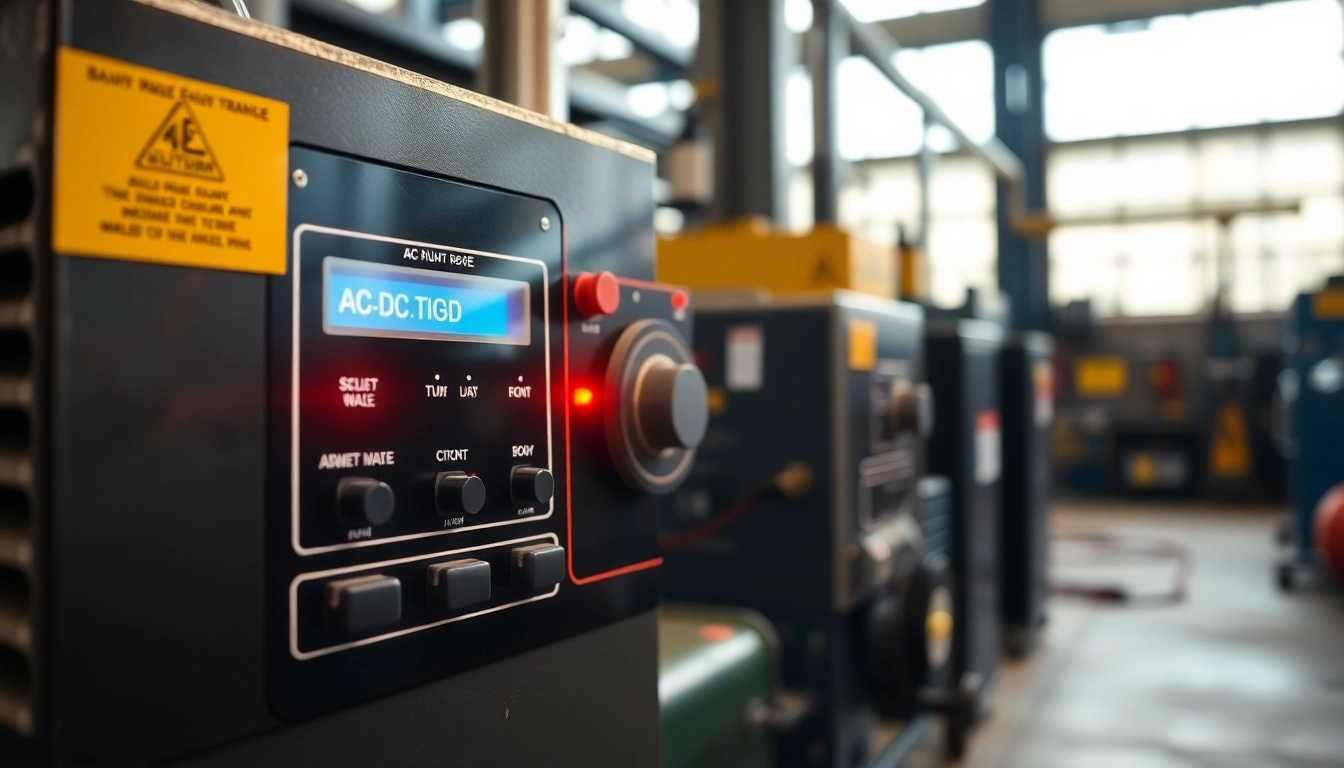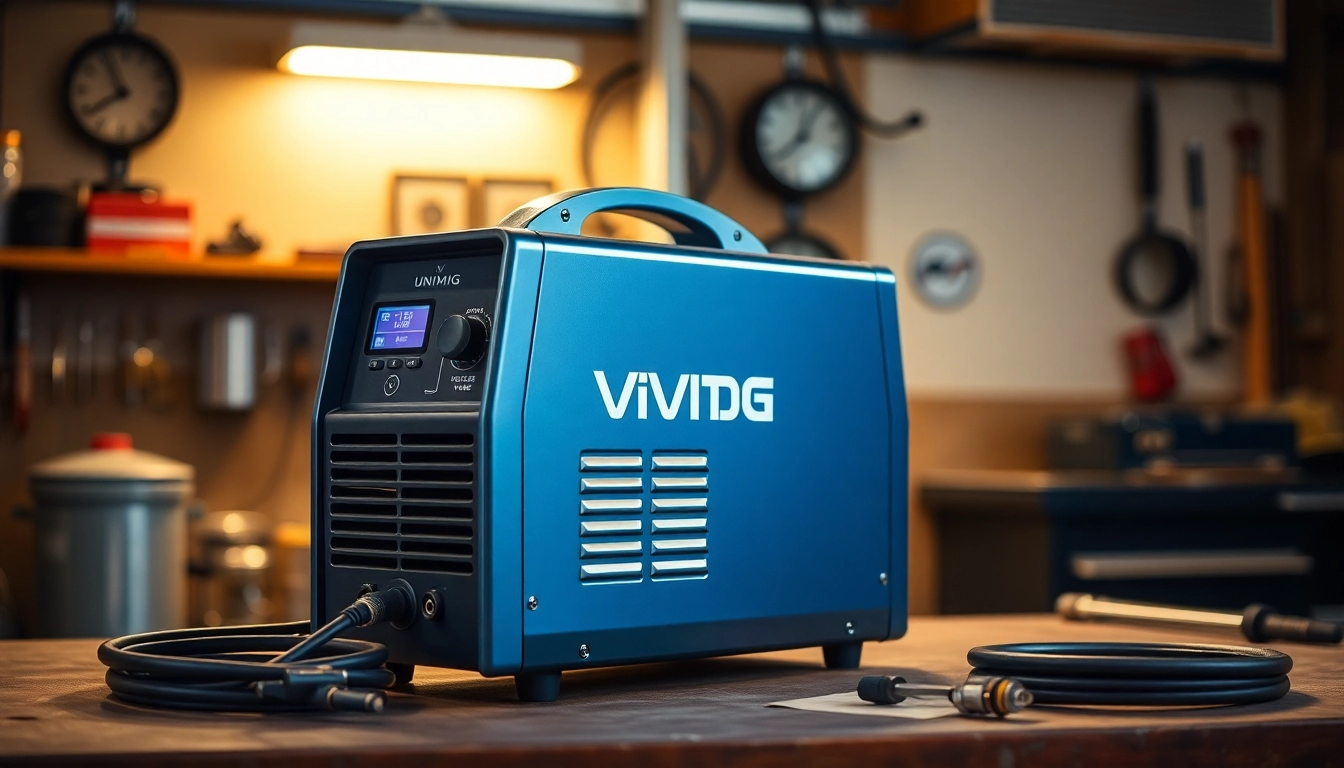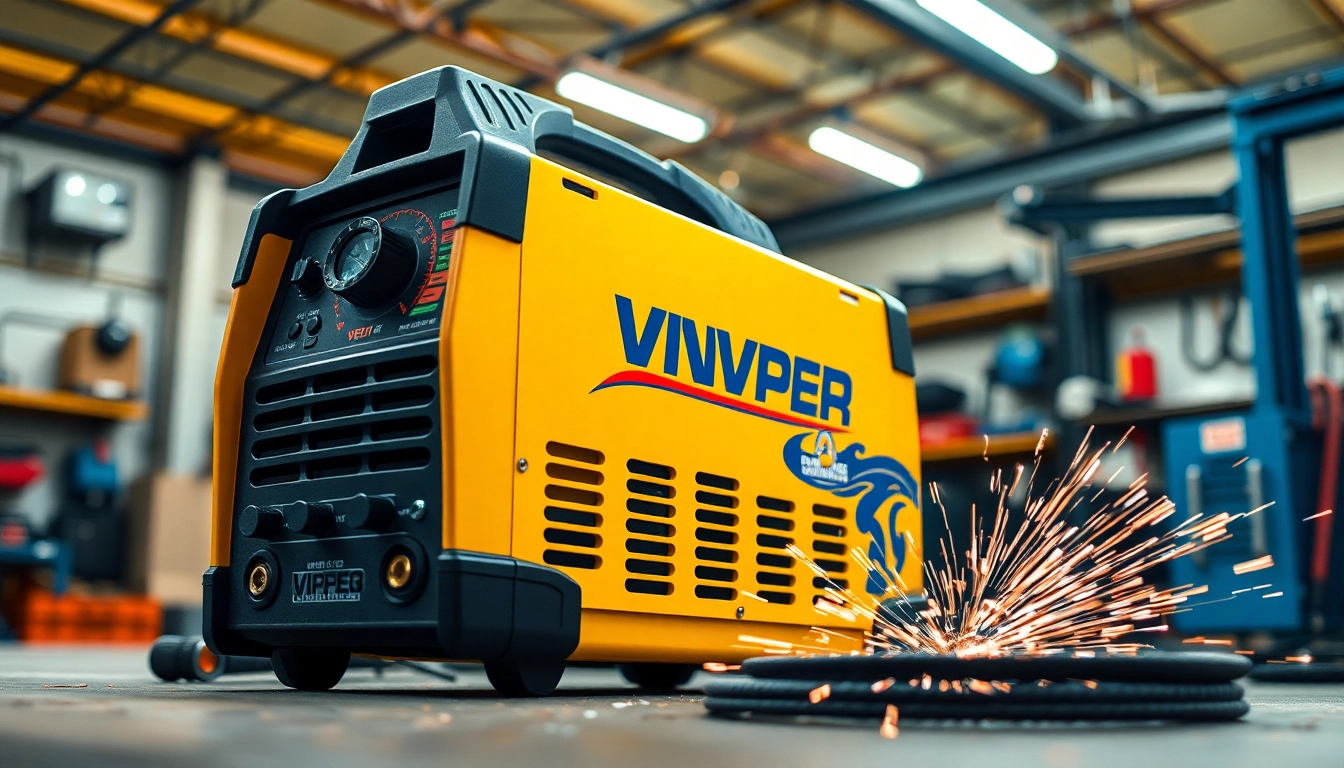Understanding AC DC TIG Welders
Tungsten Inert Gas (TIG) welding is celebrated for its precision and versatility, especially when it comes to welding diverse metals. An ac dc tig welder perfectly embodies this versatility through its capability to operate on both alternating current (AC) and direct current (DC). This flexibility allows users to weld various materials, improving their craftsmanship and efficiency in different welding scenarios.
What is an AC DC TIG Welder?
An AC DC TIG welder is a type of welding machine capable of switching between alternating current and direct current modes. This switch provides significant advantages: AC is essential for welding aluminum, as its cleaning action removes oxide layers that can hinder adhesion. DC is primarily used for ferrous and non-ferrous metals such as steel and stainless steel, offering a more stable arc and a cleaner finish. The ability to toggle between these settings is what makes the AC DC TIG welder a staple in both professional workshops and DIY projects.
Benefits of Using AC DC TIG Welders
- Versatility: These welders can handle a wide range of materials, making them suitable for intricate projects.
- Precision: TIG welding is renowned for its ability to create clean, high-quality welds on thin materials, a necessity in industries like aerospace and automotive.
- Control: The ability to control heat input allows for refined adjustments, resulting in better weld appearance and fewer defects.
- Reduced Cleanup: AC current’s cleaning action minimizes the need to prep surfaces and clean up afterward, speeding up the overall workflow.
Key Features to Look For
When searching for the ideal AC DC TIG welder, consider the following features:
- Adjustment Settings: Look for machines that offer precise control over amperage, both in AC and DC modes.
- Portability: If you’ll be moving your welder frequently, consider weight and design, particularly for those using a cart or handheld applications.
- Duty Cycle: This metric indicates how long the machine can operate at a given output without overheating. A higher duty cycle allows for prolonged use.
- Additional Features: Features like pulse capability, foot pedals, and multi-voltage capabilities can enhance your welding experience.
Popular AC DC TIG Welder Models
Top Recommendations for Beginners
Beginning welders should consider models that combine ease of use with quality performance. A few popular options include:
- PrimeWeld TIG225X: This model is user-friendly and ideal for those just starting. It offers both AC and DC capabilities, along with a dual-voltage feature, which allows for operation on both 120V and 240V circuits.
- Everlast PowerTIG 200DV: With digital controls, this welder is easy to adjust, and it provides excellent performance for a wide range of welding applications.
Mid-Range Options with Great Performance
For those who need a balance between cost and functionality, mid-range welders provide robust features without breaking the bank:
- Weldpro 200GD: This AC DC TIG welder provides excellent features, including a 200 amp output, making it suitable for thicker materials and various welding applications.
- Miller Multimatic 215: Known for its durability, this machine is ideal for users who also want MIG welding capabilities alongside TIG welding.
High-End AC DC TIG Welders for Professionals
Professional welders often seek models that offer additional functionalities, aiming for top-tier brands and performance capabilities:
- Lincoln Electric Square Wave TIG 200: Renowned for its exceptional versatility and precision, this welder is perfect for professionals working with aluminum and stainless steel.
- Miller Dynasty 400: This high-end machine provides advanced inverter technology, allowing for precise control over the arc, making it ideal for critical weld applications in the aerospace industry.
How to Choose the Right AC DC TIG Welder for Your Needs
Considerations for Material Types
Understanding the types of materials you’ll be working with is vital in selecting your welder. For example:
- Aluminum: Requires AC settings due to its high oxide layer; choose a welder with robust AC capabilities.
- Steel and Stainless Steel: Commonly welded using DC settings; ensure the welder is optimized for these metals.
- Other Alloys: If you plan on working with non-ferrous metals like copper or titanium, ensure your selection supports their welding requirements efficiently.
Choosing the Right Power Settings
Power settings must match your needs for both the materials you’re welding and the thickness of these materials. Start by considering:
- Amperage Ratings: Most welders provide a range within which they operate effectively; ensure your selected model can adjust to the amperage needed for your typical projects.
- Pulsed vs Non-Pulsed: Pulsed welding allows for better control of heat and minimizes distortion in thin materials, especially advantageous in intricate work.
Evaluating Portability and Size
If you require a welder that can easily be transported, size and weight will play critical roles in your selection. Think about:
- Weight: Consider lightweight models if you plan on using your welder in various locations.
- Dimensions: Ensure it fits adequately in your workspace without sacrificing function—compact designs might benefit small workshops.
AC DC TIG Welder Maintenance and Safety Tips
Routine Maintenance Practices
Just as with any equipment, maintaining your AC DC TIG welder is essential for optimal performance. Some key practices include:
- Regular Cleaning: Ensure the welder is clean from dust and debris, particularly around the vents and controls, to allow for unobstructed airflow and functionality.
- Daily Inspections: Check cables, hoses, and connections daily before use. Look for cracks, wear, or any potential damage.
- Replace Consumables: Regularly replace TIG tungsten electrodes and nozzles, as worn-down components can affect arc stability.
Safety Measures to Keep in Mind
Safety is paramount when welding, especially with the specific hazards related to TIG welding. Adhere to the following guidelines:
- Protective Gear: Always wear appropriate protective clothing, including welding helmets, gloves, and long-sleeved shirts.
- Ventilation: Ensure a well-ventilated area to avoid inhalation of harmful gases and fumes released during welding.
- Fire Safety: Keep a fire extinguisher nearby and ensure you’re working away from flammable materials.
Common Troubleshooting Tips
Inevitably, issues will arise with any welding machine. Some common problems include:
- Inconsistent Arc: This may stem from improper settings or worn equipment; adjust the settings or replace consumables as necessary.
- Poor Penetration: Might indicate insufficient heat; consider increasing the amperage or adjusting your technique.
- Overheating: Can often be resolved by allowing the welder to cool down or reducing the duty cycle.
Future Trends in AC DC TIG Welding Technology
Innovations to Watch
The welding industry is evolving, with exciting technological advancements that could redefine how we approach welding operations:
- Smart Welding Systems: Increased use of IoT technology for real-time monitoring and control systems that can enhance precision and efficiency.
- Advanced Materials: Development in welding technologies to accommodate new alloys and materials poised to come into common usage, such as high-strength steels and lightweight composites.
Impact of Automation on Welding
Automation in welding is scaling up operations across industries. The benefits include:
- Increased Efficiency: Automated systems can perform tasks faster than manual welders, allowing businesses to optimize production lines.
- Consistency and Quality: Robotics ensure that each weld is executed uniformly, reducing the risks of human error and improving overall quality.
Training and Skill Development Opportunities
As the field evolves, so too must the skill level of welders. New training programs that focus on:
- Advanced TIG Techniques: Training courses will need to address the cutting-edge technology and methods being integrated into modern welding.
- Safety and Compliance: Continuous education on safety practices, especially as new materials and techniques are adopted in various industries is essential.



